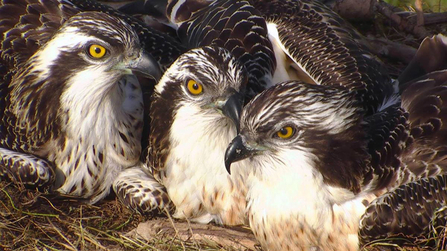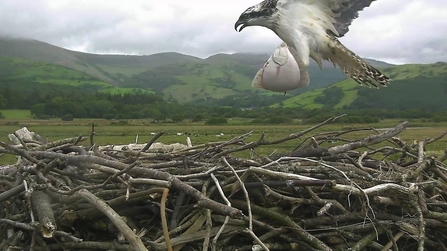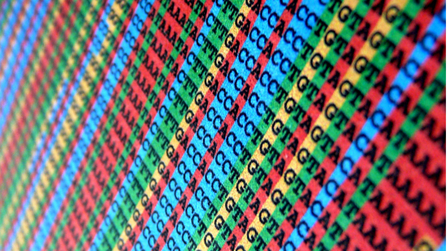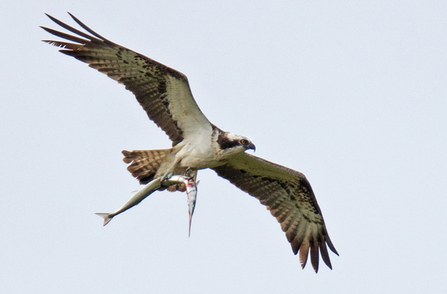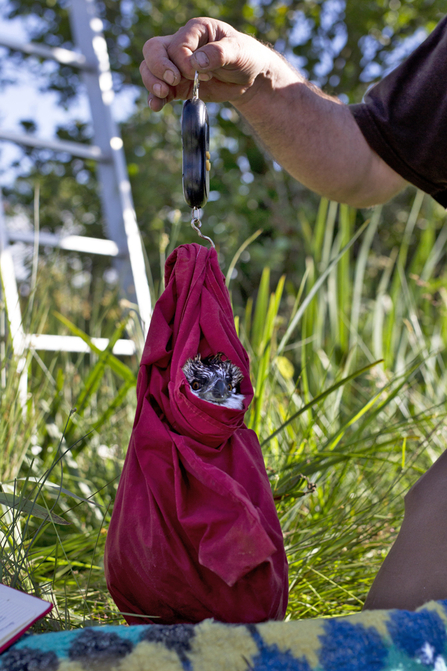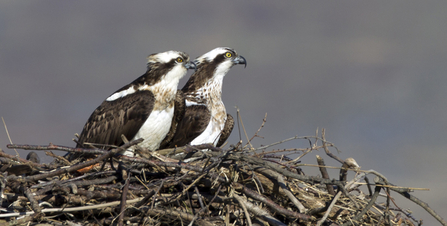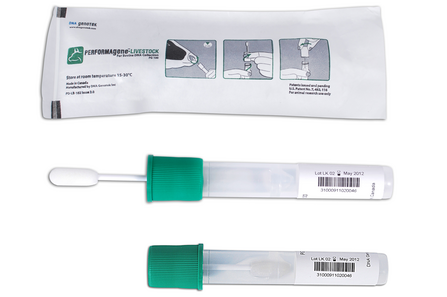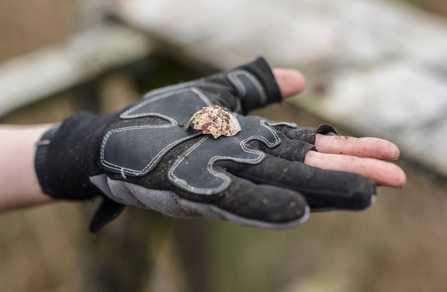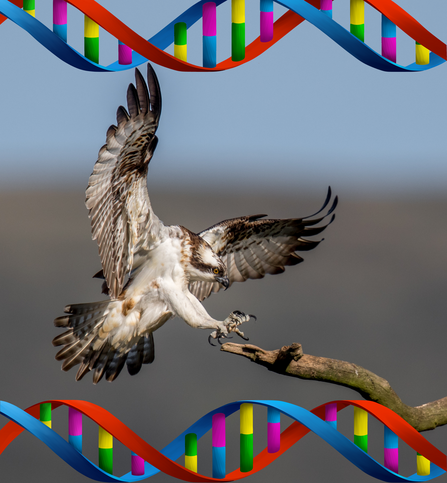By Guest Writer and DOP Volunteer, Dr. Helen Ougham
Emyr, undoubtedly the most persuasive person I've ever met, succeeded in convincing me that I should write a blog or two ("or three, or four" as he ominously added recently...) - I'm a volunteer at DOP, so many of you will have met me with my red top on, but I'm also a geneticist by background, and of course in the last few years I've become very interested in osprey genetics. So here's the first of my two (or more?) blogs.
What's this genetics thing anyway?
Some dictionaries define it as the study of genes, which is true but not necessarily very helpful. It's more useful to think of it as the study of heredity, or how individuals inherit characteristics from their parents. In our case that could mean whether we have straight, wavy or curly hair, say, or whether we love or loathe broccoli (genetics means that to some people it tastes unpleasantly bitter whereas to others it's delicious). It also governs why one girl can look very like her mother whereas her sister looks quite different, even though they both have the same parents. More than that, though, it's what ensures that we are all human, while Monty and Glesni's chicks are always ospreys and not eagles or cuckoos.
Merin, Celyn and Brenig in 2015 - definitely ospreys

